For other lessons in the Third Grade Manatee Curriculum series, click here.
Description
Students will learn about threats to manatee survival by playing Manatee Musical Chairs.
Objective
By the end of the activity, students will be able to list at least three ways that they can help protect manatees.
Vocabulary
monofilament fishing line, watercraft, entangled
You Will Need
-
Source of music that can be turned on and off
-
Chairs
-
Tape
-
Printed manatee threat cards (after "Strategy" section of this lesson)—make enough copies to have cards equal to your number of students, minus 1
Strategy
-
Explain to students that many things can affect a manatee's ability to survive. They are going to play Manatee Musical Chairs (which is modified from a Sea World activity) to learn about these threats to manatees.
-
Set up chairs in a circle (facing outwards). You need one fewer chair than the number of students.
-
Tape one of the cards to the back of each chair (with the writing towards the back of the chair, so it cannot be seen). Use as many duplicate cards as needed—each chair should have a card.
-
Explain to the students that they are all manatees, trying to survive in the wild. Review the rules for musical chairs. (Everyone gathers in a circle around the chairs. When the music starts, students must walk in single file in one direction—they must keep moving smoothly and slowly. When the music stops, students must sit in the chair that is closest to them. Only one child can sit in each chair. One child will not be able to find a seat.)
-
Start the music. Stop the music after a few seconds to a minute. Tell the child who does not have a seat that they are "out," but that they can pick one of the chairs to remove. Have all students stand, remove the selected chair, and take the card off the back of that chair. Have the child who was "out" read the information on the card. This will tell what happened to that manatee (child), which is now gone from the herd (e.g., it might have been rescued and taken to a facility that can act as a manatee hospital). That child sits down away from the circle (this is a good time to have them work on manatee workbooks or coloring sheets, or perhaps let them control the music). Then, the circle of chairs is re-formed, and the game continues until only a single "manatee" remains.
-
Review with the students the threats that came about during the game. Write them up on the board under two headings: Human and Natural.
-
Ask the students to brainstorm about ways that they might be able to decrease some of the human threats. (For example, slower speed zones for boats in manatee areas—show sign; throwing away or recycling fishing line; not throwing trash in the water; not attracting manatees to docks with food or water; flood gates now have manatee detectors, which prevent the gates from closing if a manatee is in the way.)
Boat Accidents
When manatees are hit by boats, they can get broken bones or other injuries. Sometimes a broken rib will puncture a lung, which makes it difficult for a manatee to float. Manatees are often hit more than once during their lifetime.
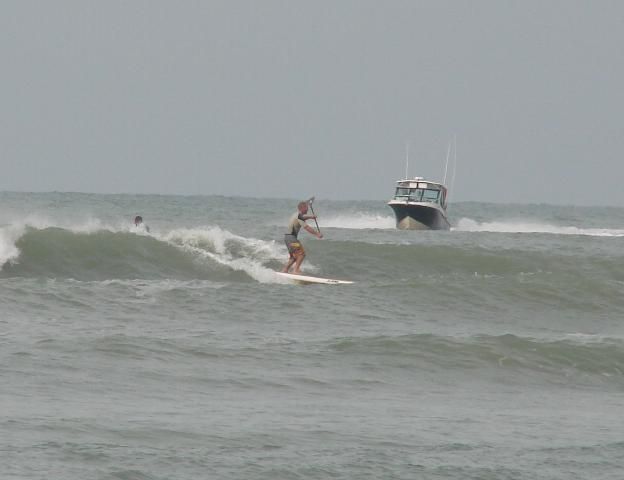
Credit: Maia McGuire
Flood Gates
Flood gates are used to control the amount of water that can flow through an area. When these gates close, they can trap and crush manatees.
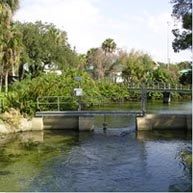
Credit: Florida Fish and Wildlife Conservation Commission
Poaching
Manatees cannot legally be hunted; however, sometimes people will kill them illegally for their meat. This is called poaching.
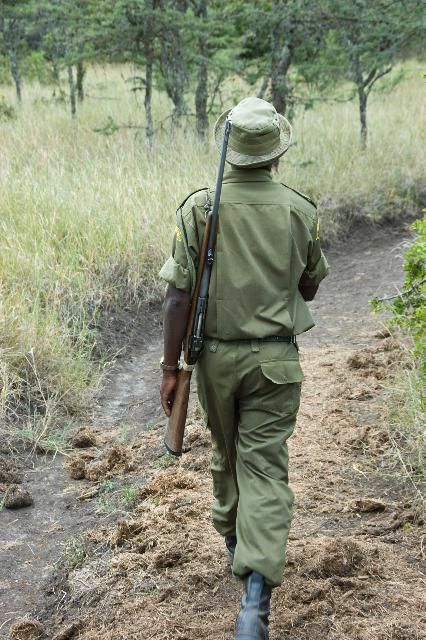
Credit: iStock/Thinkstock.com
Fishing Line
Fishing line can last up to 600 years in the water. When manatees swim into pieces of fishing line, it can get wrapped around their flippers. Sometimes it cuts into their skin, and the cut can get infected. Manatees sometimes eat fishing line, because they do not see it tangled up in the seagrass where they are feeding.
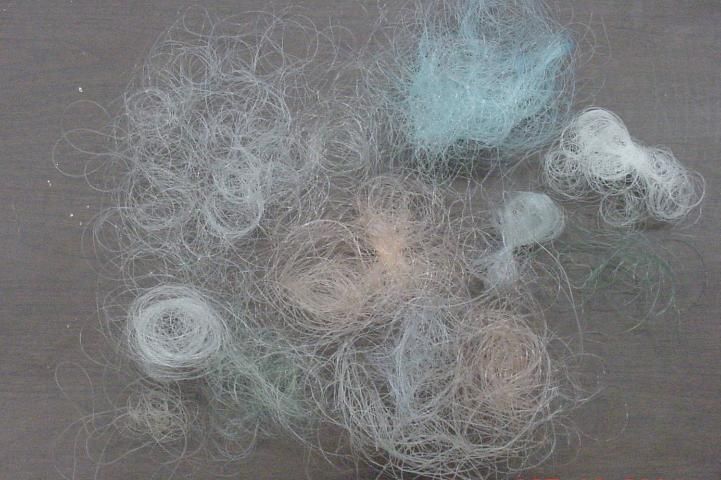
Credit: Maia McGuire
Crab Traps
Crab traps are tied to one end of a rope. A float is on the other end of the rope. Manatees sometimes get tangled up in the rope when they swim around crab traps. The rope can cut into their flippers. It is hard for a manatee to swim when it is dragging a crab trap behind it.

Credit: Tim Donovan, FWC
Red Tide
Red tide is caused by tiny plants that live in the ocean. These plants release chemicals into the air and water. When there are a lot of red tide plants around, the chemicals can make manatees sick.

Credit: iStock/Thinkstock.com
Cold Weather
Manatees need water temperatures warmer than 68°F in order to be healthy. When temperatures fall below 68°F, manatees can get sick and even die from cold stress.

Credit: iStock/Thinkstock.com
Diseases
Like people, manatees can get sick. Sometimes they are not able to recover from illness.

Credit: iStock/Thinkstock.com
Fishing Hooks
Fishing hooks can get caught in manatees' skin. The wound might become infected.
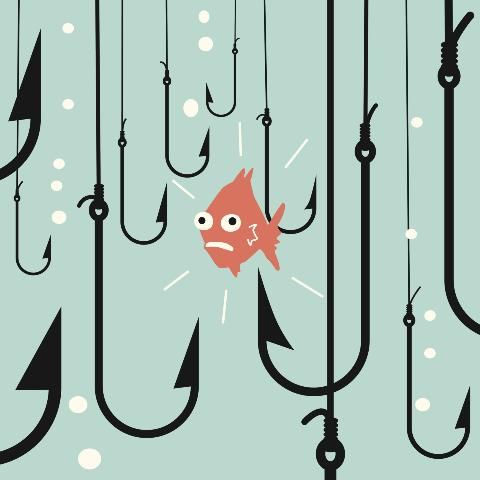
Credit: iStock/Thinkstock.com
Habitat Destruction
Manatees need clean, shallow water. They need plants to eat. Sometimes people make the water polluted, or build seawalls where plants used to grow. These actions can destroy the things that manatees need to be healthy.
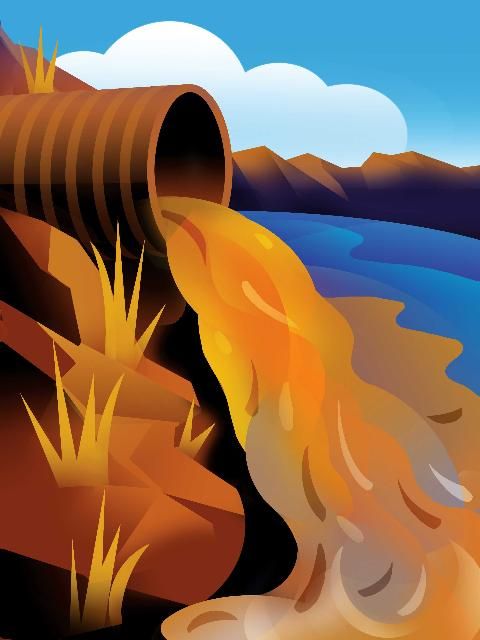
Credit: liquidlibrary/Thinkstock.com
Trash
When people throw trash in the water, manatees can get tangled up in it. Manatees might eat trash by mistake. Some types of trash might injure manatees.
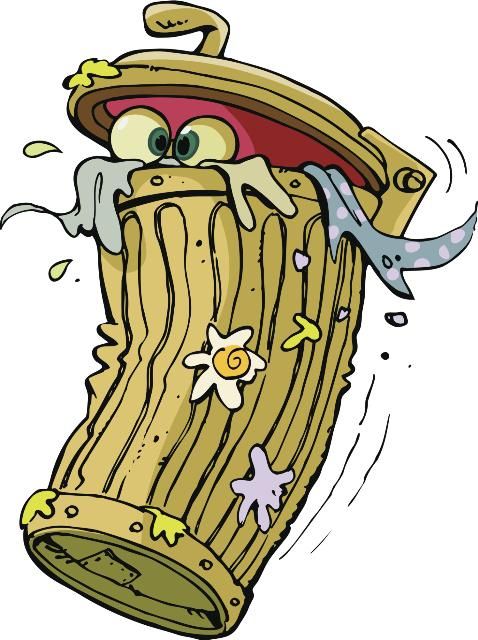
Credit: iStock/Thinkstock.com
Propellers
Manatees often get cuts on their backs, tails or flippers when they are hit by a boat propeller. The spinning blades leave a series of cuts on the manatee. If the cuts are deep, the manatee might die.
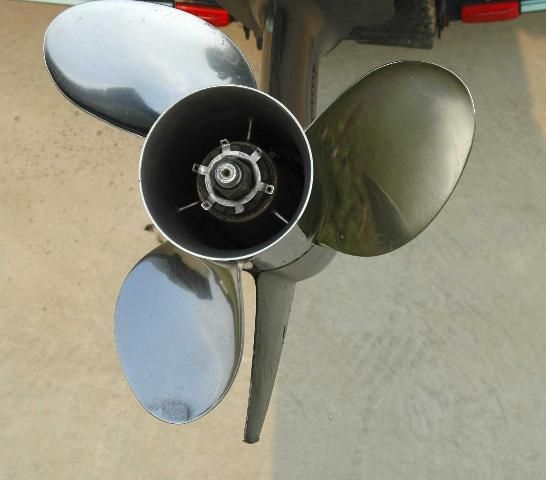
Credit: iStock/Thinkstock.com
Canal Locks
Canals are man-made water channels. When canals must carry water uphill or downhill, they are often controlled using gates called locks. These locks can crush manatees that get trapped when they are closing.
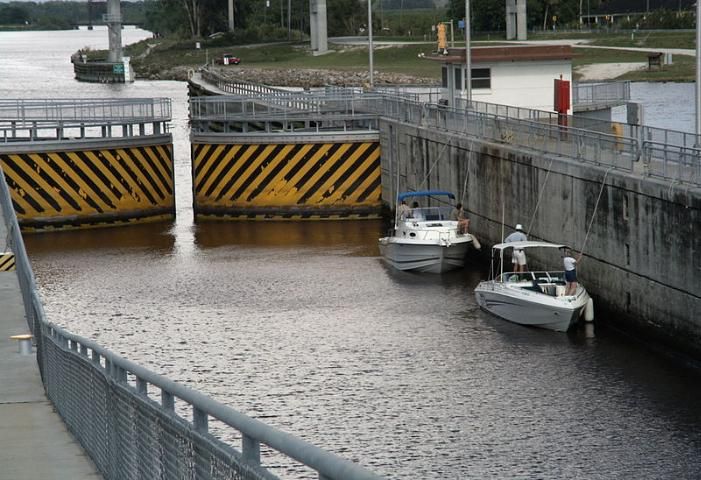
Credit: Tracy Enright, US Geological Survey